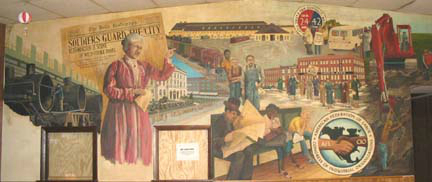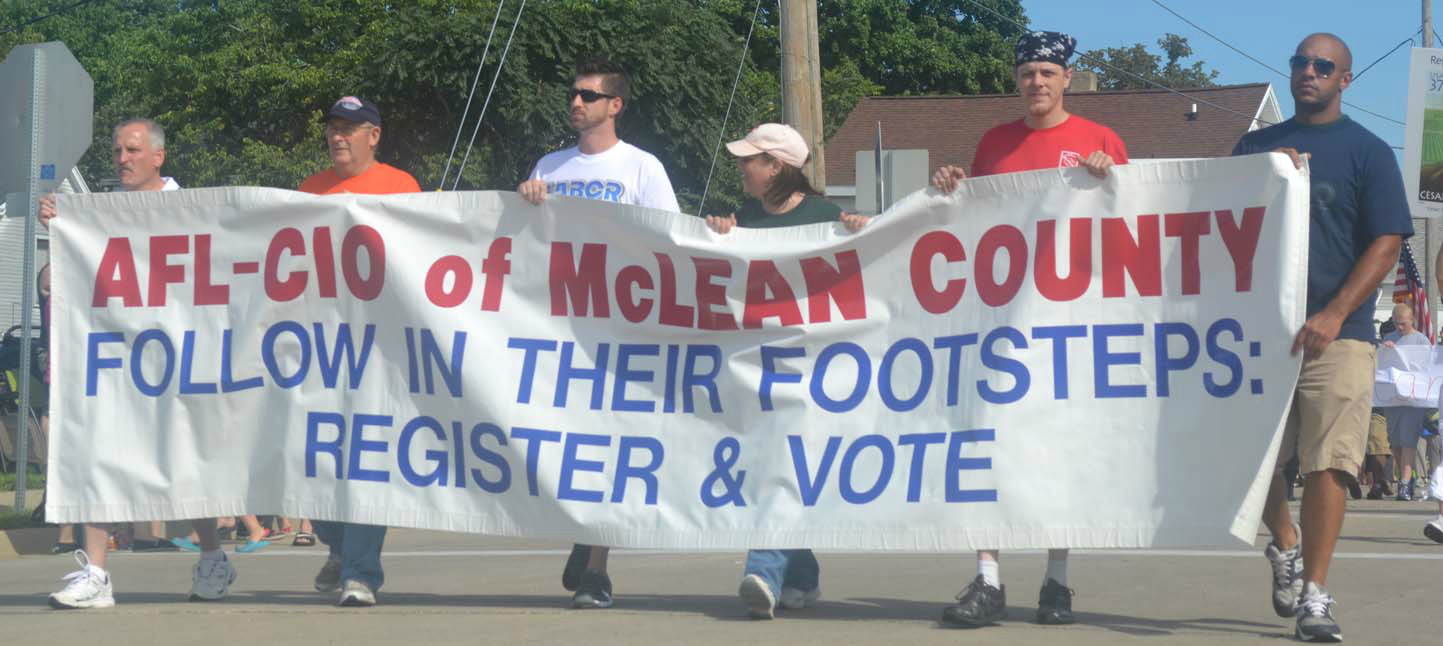|
American Railroad Labor & the Genesis of the New Deal, 1919 - 1935
by Jon R. Huibregtse
University Press of Florida
ISBN 978-0-8130-3465-2
reviewed by Michael G. Matejka
In the telling of labor’s story, the 1930s is the seminal, triumphant decade. With a sympathetic President, Franklin D. Roosevelt, and an upstart CIO movement, labor rallies, allies with the Democratic Party, wins dramatic strikes, and sees millions join unions, organizing industrial America.
This story’s prelude is the 1920s, when business formulated its anti-union “American Plan” and union membership shrunk.
But railroad labor was not quiet in the 1920s. And through shrewd political action, they formulated a bipartisan political plan that laid the foundation for Roosevelt’s New Deal.
During World War I, the federal government ran the railroads, which produced better conditions and union recognition for rail workers. When the War ended and the companies returned to private control, many railroads attempted to return to pre-war conditions. This led to the 1922 national Rail Shop workers strike, which was crushed through federal court injunctions.
The railroad brotherhoods -- Engineers, Firemen, Conductors, Trainmen, Clerks -- and the AFL Shop crafts, sought political relief, having tasted what government intervention did for them during the War.
They flirted with the Progressive movement, but instead adopted a very pragmatic, bipartisan political agenda, mobilizing their members politically for very specific gains. They began a multi-trades rail newspaper, Labor, to educate their members. They encouraged votes for sympathetic legislators, not favoring either Democrats or Republicans.
These efforts led to the Railway Labor Act of 1926, the first federal law governing union rights and recognition, paving the way for 1935’s National Labor Relations Act. And in 1934 the Railroad Retirement Act was passed, preceding 1935’s Social Security Act.
This political action by the usually conservative rail unions built legal precedent for later actions expanding union rights. Huibregtse book is a new look at labor-management issues in a decade usually seen as difficult for labor, and shows how a bipartisan political approach paid dividends for rail labor.
Huibregtse's book is a succinct telling of this story; he also includes a chapter on an unsuccessful effort -- the Brotherhood of Locomotive Engineers' attempt to start a series of labor banks, funded with their members's savings. Caught up in the Florida land speculation surge of the mid-1920s, the banks failed badly, never living up to their ideal of putting labor on equal footing with capital.
|



